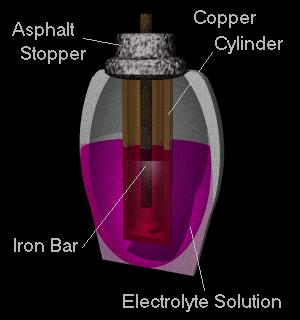- 16 Jun 2011 19:14
#13734512
The point behind getting Oxy to watch the youtube video is not to make him think some white guy with a belly lifted little stones to make the Pyramids. It was to illustrate the fact that using only stone age technology, it is possible to make simple machines that will allow anyone (or a group of people) to move stones of almost any size.
We can make underwater concrete. All concrete can harden underwater. The Romans did it with pozzolano, as described by Vitruvius. We do it with modern materials.
There is a crack in everything,
That's how the light gets in...
KFlint wrote:Pants-of-dog,
We are not talking about a few times some fat guys weight, the stones in question are 15 to 30 tons. As you ca see from the above photo they also used metal structuring, not unlike todays tech and drilled small holes deeply into stone. There are many accounts of tech used long ago that we do not have the ability to do today, Greek fire and underwater cement just to name two.
The point behind getting Oxy to watch the youtube video is not to make him think some white guy with a belly lifted little stones to make the Pyramids. It was to illustrate the fact that using only stone age technology, it is possible to make simple machines that will allow anyone (or a group of people) to move stones of almost any size.
We can make underwater concrete. All concrete can harden underwater. The Romans did it with pozzolano, as described by Vitruvius. We do it with modern materials.
There is a crack in everything,
That's how the light gets in...














 - By Potemkin
- By Potemkin